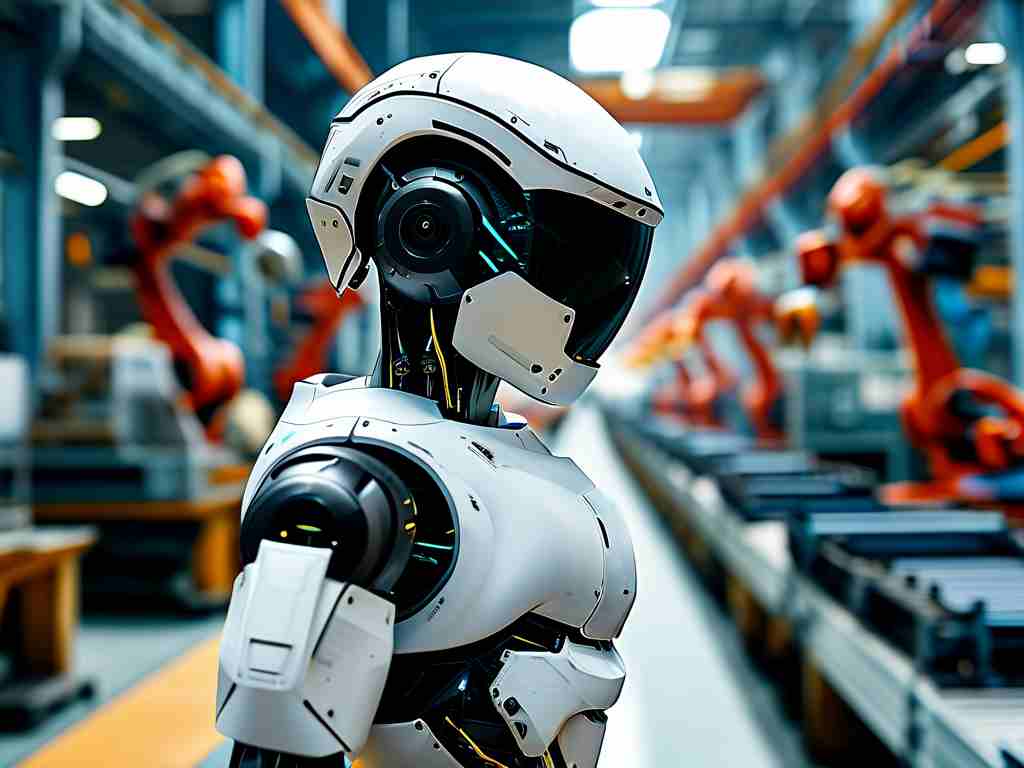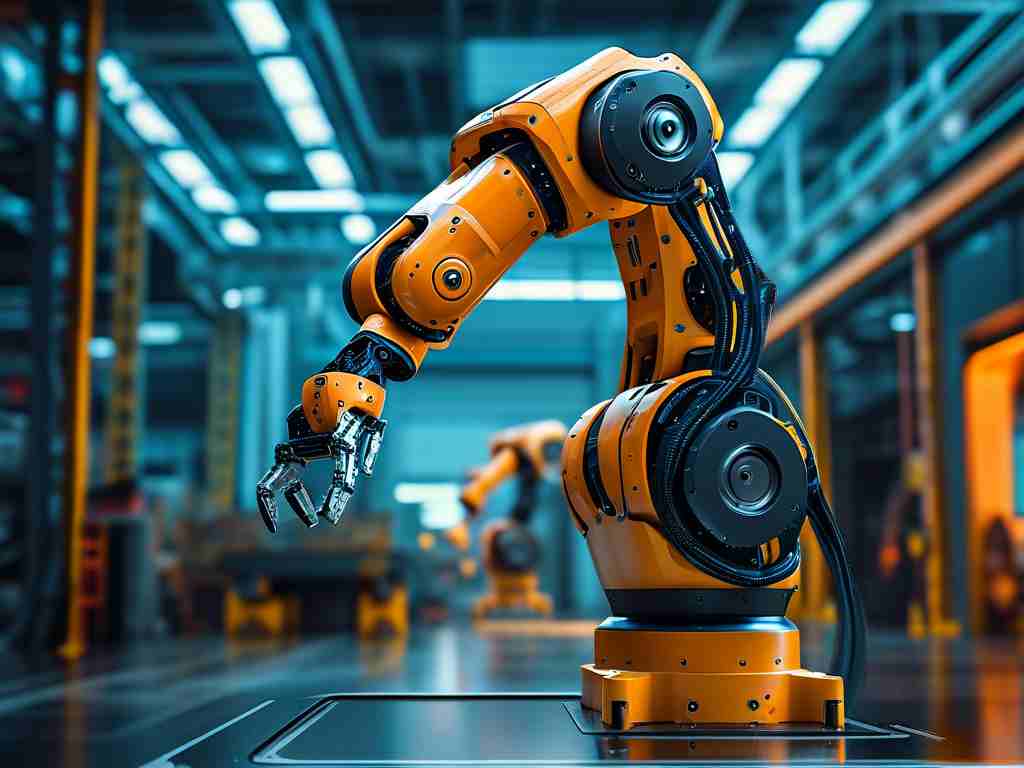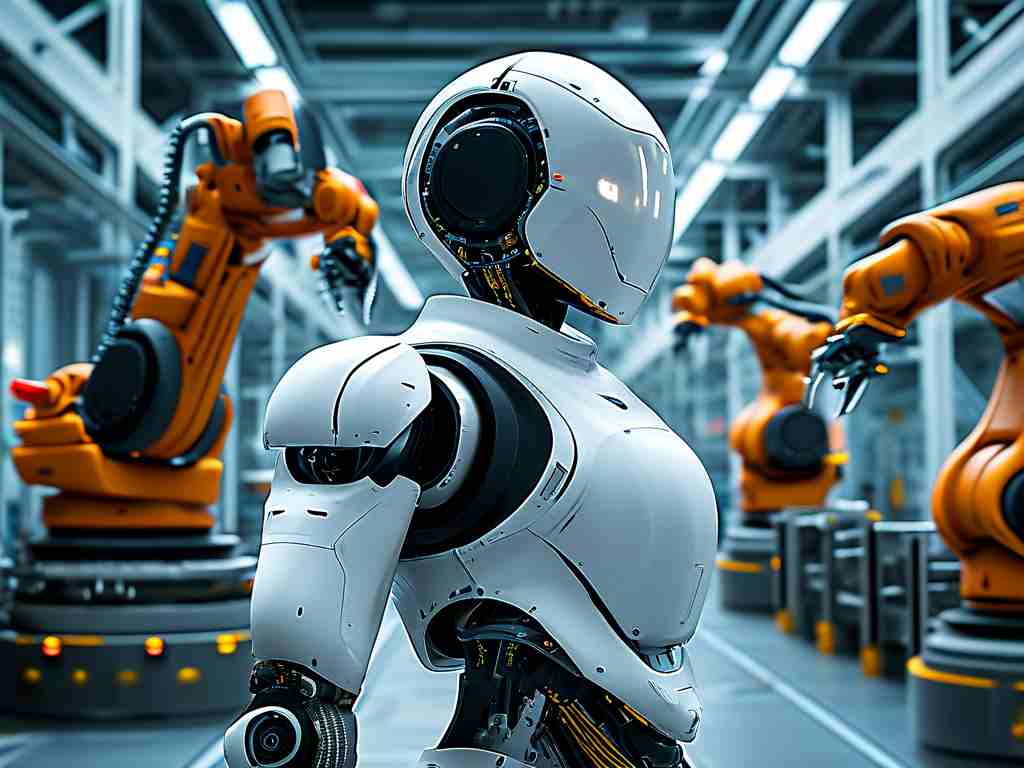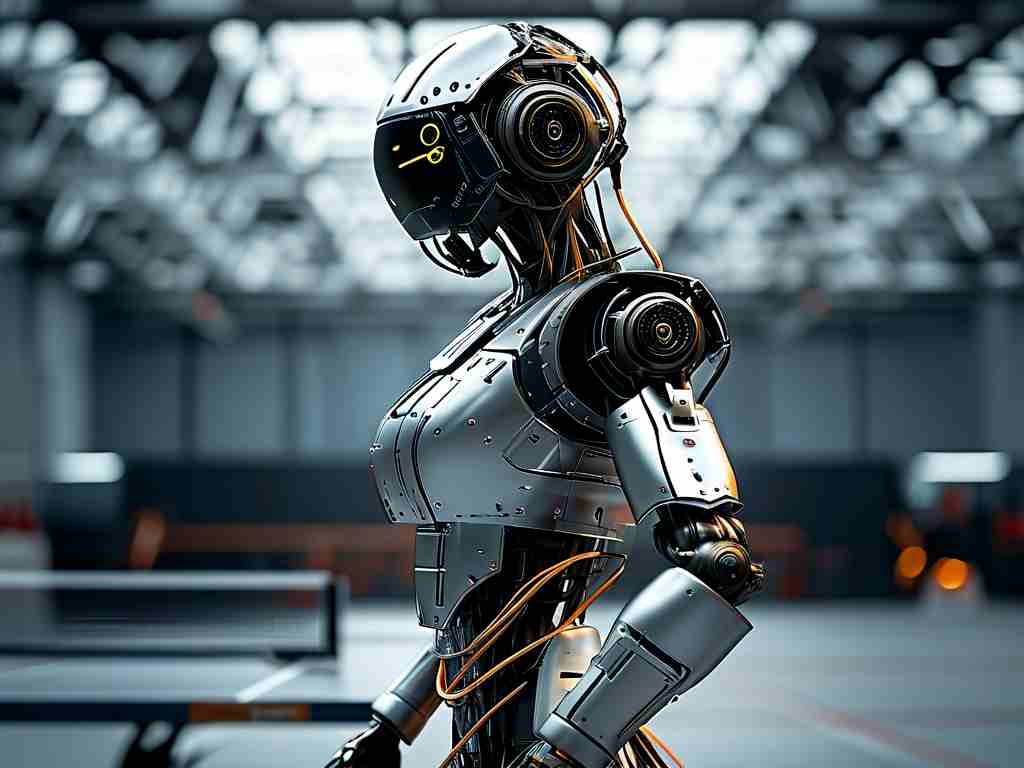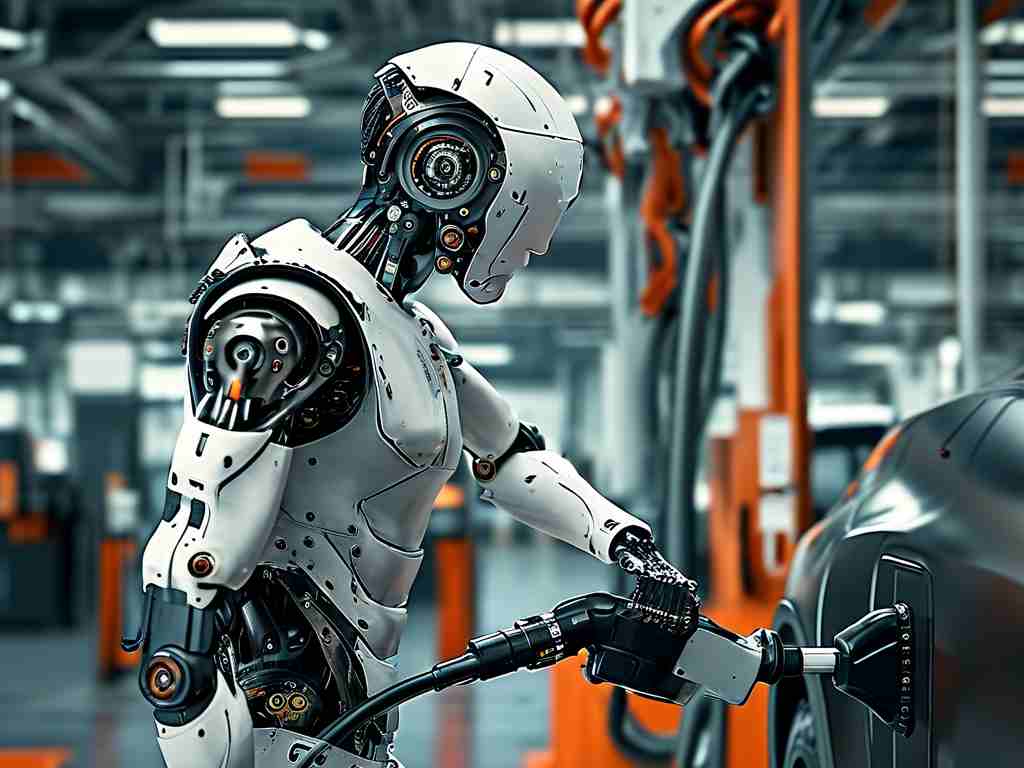The rapid advancement of robotics technology is reshaping the global job landscape, creating exciting new career paths while transforming traditional roles. As automation and artificial intelligence integrate deeper into workplaces, professionals must adapt to seize opportunities in this evolving field. This article explores key employment directions in robotics technology, offering insights into thriving sectors and essential skills for success.

In today's economy, robotics technology spans industries like manufacturing, healthcare, and logistics, driving demand for specialized roles. For instance, robotics engineers focus on designing and building automated systems, such as collaborative robots used in assembly lines to enhance efficiency and safety. These experts often hold degrees in mechanical or electrical engineering and stay updated through continuous learning. Another growing area is maintenance and repair, where technicians troubleshoot robotic equipment, ensuring minimal downtime in factories or warehouses. This hands-on work requires certifications in mechatronics and problem-solving abilities, proving that technical roles aren't just about creation but also upkeep. Beyond these, AI integration specialists are gaining prominence, developing algorithms that enable robots to learn from data and make autonomous decisions. Jobs in this niche often involve coding in languages like Python or C++, and they're booming in sectors like autonomous vehicles and smart home devices. Such positions highlight how robotics blends hardware with software, opening doors for cross-disciplinary careers.
Emerging trends point to even broader employment avenues as robotics evolves. In healthcare, robotic surgeons assist in precise procedures, requiring professionals with backgrounds in both medicine and engineering to manage these systems. Similarly, service robotics is expanding in hospitality and retail, with roles for developers creating customer-facing bots that handle inquiries or deliveries. This shift underscores the need for soft skills, such as communication and adaptability, as workers collaborate with machines rather than compete against them. On the flip side, concerns about job displacement persist, but history shows that automation often generates more roles than it eliminates. For example, the rise of industrial robots has spurred demand for trainers who teach human workers to operate new technologies, emphasizing the human element in tech-driven environments. To stay competitive, job seekers should pursue certifications from institutions like the Robotics Industries Association or engage in online courses on platforms like Coursera, focusing on areas like machine learning and ethical AI implementation.
Looking ahead, the future of robotics employment promises innovation but demands proactive preparation. Governments and companies are investing in reskilling programs to bridge talent gaps, particularly in regions with aging workforces. By embracing lifelong learning and networking through industry events, individuals can navigate this dynamic field successfully. Ultimately, robotics technology offers not just jobs but fulfilling careers that drive progress, making it essential to explore these directions for a resilient professional journey.


